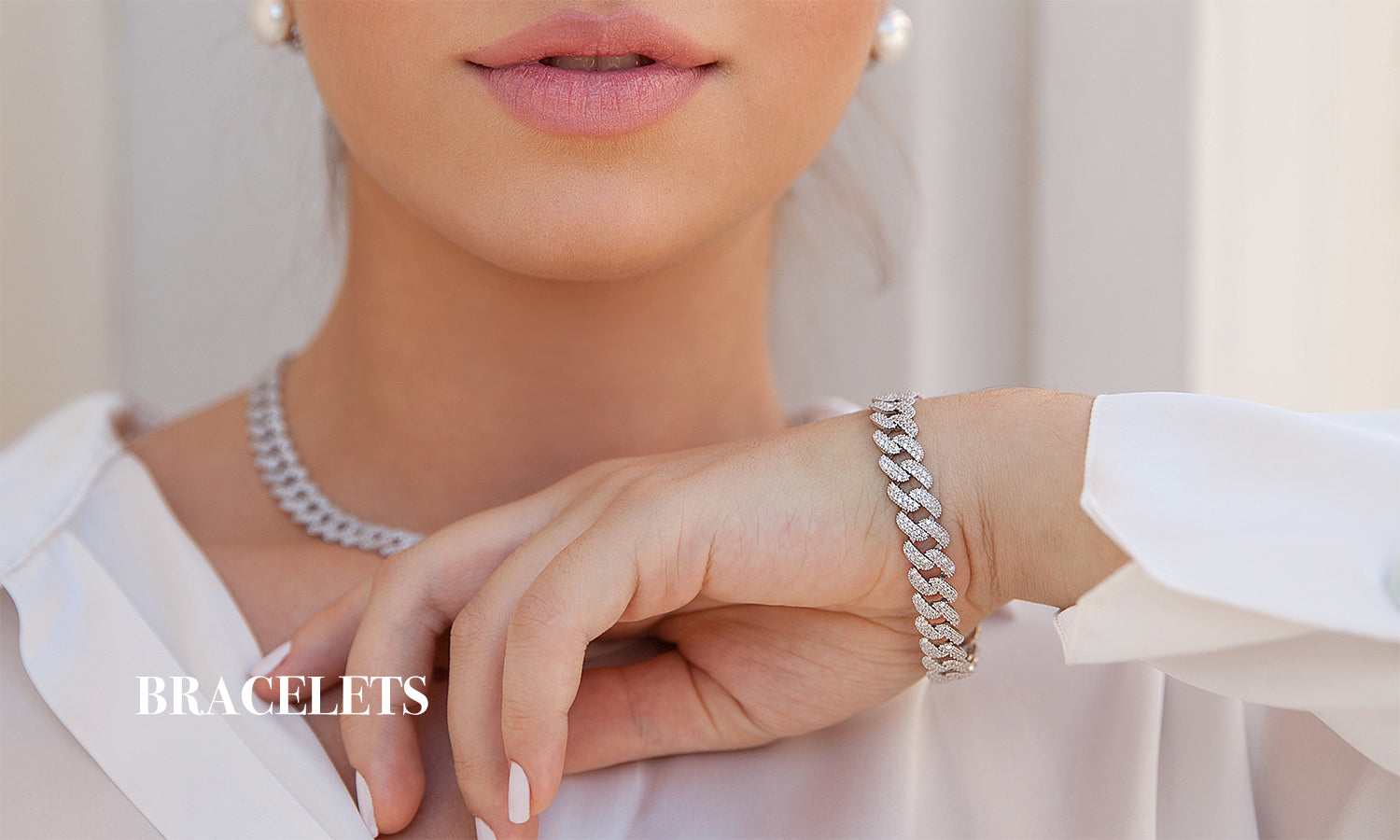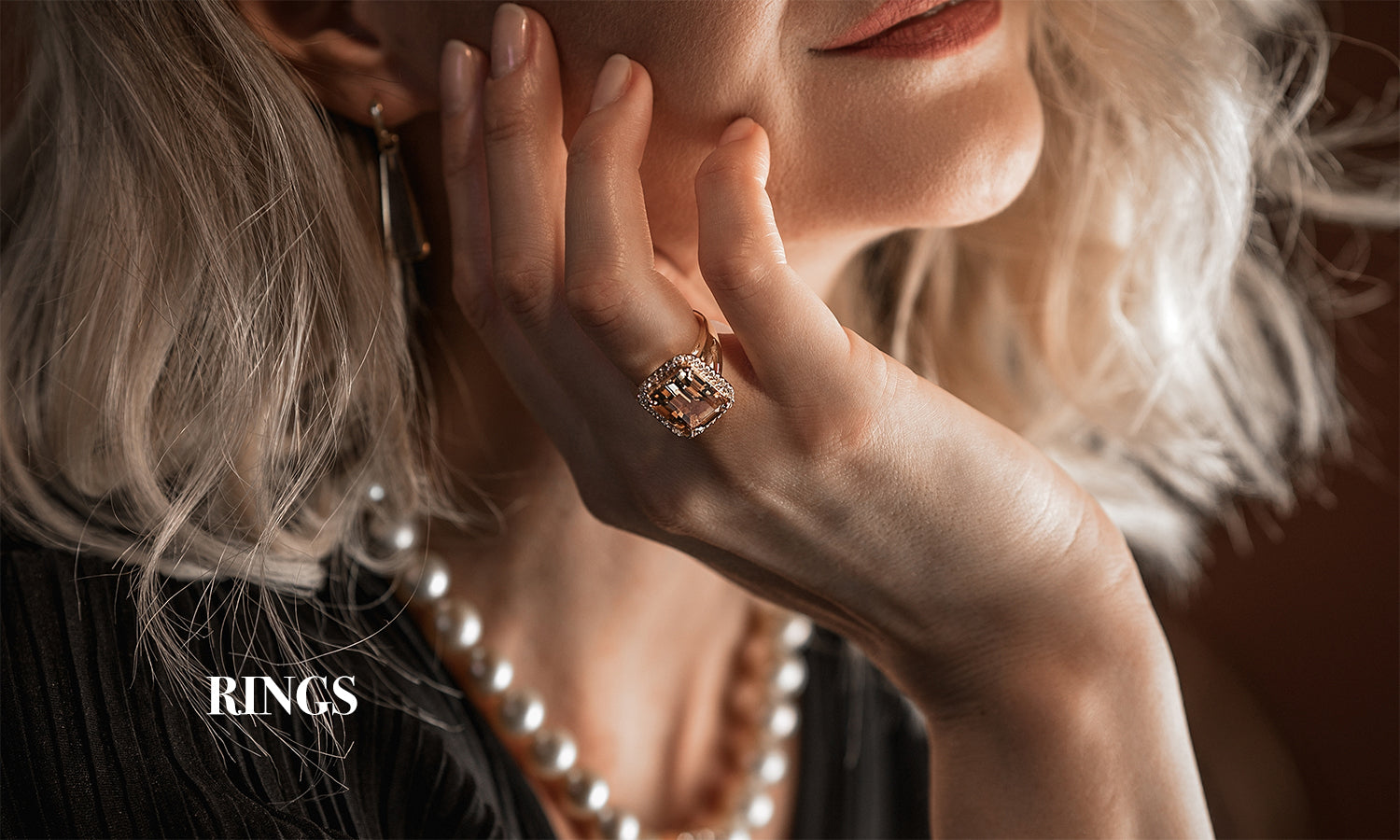The jewelry industry is experiencing a significant transformation with the increasing popularity of lab-created diamonds. These diamonds, also known as synthetic or man-made diamonds, are gaining traction among consumers for their ethical, environmental, and economic benefits. In this article, we will explore the key aspects of lab-created diamonds and why they are becoming a preferred choice for many jewelry shoppers.
|
Aspect |
Lab-Created Diamonds |
Natural Diamonds |
|
Ethical Sourcing |
Conflict-free, no human exploitation |
Often associated with conflict and exploitation |
|
Environmental Impact |
Lower environmental footprint, sustainable |
High environmental degradation |
|
Cost |
More affordable, better value for quality |
Generally more expensive |
|
Quality and Variety |
Wide range of sizes, colors, and clarity available |
Natural variations, less controlled |
|
Market Trend |
Increasing popularity, especially among younger consumers |
Stable but facing competition from lab-created diamonds |
|
Future Prospects |
Advancing technology, growing market share |
Established market, innovation in mining practices |
What Are Lab-Created Diamonds?

Lab-created diamonds are diamonds that are grown in a controlled laboratory environment using advanced technological processes. They are chemically, physically, and optically identical to natural diamonds. The primary methods used to create these diamonds are High Pressure High Temperature (HPHT) and Chemical Vapor Deposition (CVD).
Advantages of Lab-Created Diamonds

1. Ethical Sourcing
One of the most compelling reasons consumers opt for lab-created diamonds is their ethical sourcing. Traditional diamond mining has long been associated with environmental degradation and human rights violations. Lab-created diamonds, on the other hand, do not involve mining, thereby ensuring that they are free from conflict and human exploitation.
2. Environmental Impact
Mining diamonds can have significant environmental consequences, including deforestation, soil erosion, and water pollution. Lab-created diamonds are produced with a much smaller ecological footprint. The processes used in their creation are continually being refined to reduce energy consumption and emissions, making them a more sustainable option.
3. Cost-Effectiveness
Lab-created diamonds are generally more affordable than their natural counterparts. This cost advantage allows consumers to purchase higher quality diamonds at lower prices. For the same budget, buyers can opt for a larger or higher-grade diamond, making lab-created diamonds an attractive option for budget-conscious shoppers.
4. Quality and Variety
Lab-created diamonds offer a wide range of options in terms of size, color, and clarity. Because they are produced in a controlled environment, it is easier to create diamonds with specific desired qualities. This consistency in quality ensures that buyers receive a product that meets their exact specifications.
Market Trends and Consumer Preferences

The market for lab-created diamonds is growing rapidly. According to recent reports, the market is expected to expand significantly over the next few years. This growth is driven by increasing consumer awareness and acceptance of lab-created diamonds as a viable alternative to mined diamonds.
Millennials and Gen Z
Younger generations, particularly Millennials and Gen Z, are leading the charge in adopting lab-created diamonds. These consumers are more environmentally and socially conscious, often prioritizing sustainability and ethical considerations in their purchasing decisions. Lab-created diamonds align well with these values, making them a popular choice among these demographics.
Retail Landscape
Many traditional jewelers are now incorporating lab-created diamonds into their product lines. Retailers such as James Allen, Brilliant Earth, and even mainstream brands like De Beers have started offering lab-created options. This shift indicates a significant change in the retail landscape, making lab-created diamonds more accessible to a broader audience.
The Future of Lab-Created Diamonds

The future of lab-created diamonds looks promising. Technological advancements continue to improve the efficiency and reduce the cost of producing these diamonds, which will likely make them even more competitive with natural diamonds. As consumer preferences continue to shift towards sustainability and ethical sourcing, the demand for lab-created diamonds is expected to rise.
Investment and Innovation
Significant investment in research and development is driving innovation in the lab-created diamond industry. New methods and technologies are being explored to enhance the quality and reduce the production costs of lab-created diamonds. This innovation is essential for meeting the growing demand and maintaining the competitiveness of lab-created diamonds in the market.
Conclusion
Lab-created diamonds represent a significant advancement in the jewelry industry, offering a sustainable, ethical, and cost-effective alternative to natural diamonds. As awareness and acceptance grow, these diamonds are set to play a major role in the future of the jewelry market. For consumers looking for high-quality, ethically sourced, and environmentally friendly options, lab-created diamonds provide a compelling choice that aligns with modern values and expectations.Whether you are looking for an engagement ring, a special gift, or simply a beautiful piece of jewelry, lab-created diamonds offer a dazzling array of options that cater to a wide range of tastes and budgets.





